Home>Furniture>How Big Should A Chandelier Be Over A Dining Table


Furniture
How Big Should A Chandelier Be Over A Dining Table
Modified: January 18, 2024
Find the perfect furniture focal point for your dining table with our guide on determining the ideal size of a chandelier. Elevate your dining space with the right lighting choice.
(Many of the links in this article redirect to a specific reviewed product. Your purchase of these products through affiliate links helps to generate commission for Storables.com, at no extra cost. Learn more)
Introduction
Welcome to the world of interior design, where every element plays a crucial role in creating the perfect ambiance for your living spaces. When it comes to the dining area, one of the most important fixtures you need to consider is the chandelier. A chandelier not only provides functional lighting, but it also serves as a beautiful focal point that enhances the overall aesthetic appeal of the room.
Choosing the right chandelier for your dining table can be a daunting task. There are several factors to consider, such as the size, style, and positioning. In this article, we will explore the key considerations to keep in mind when selecting a chandelier to ensure that it complements your dining table perfectly.
So, let’s dive into the world of chandeliers and discover how to find the perfect fit for your dining space!
Key Takeaways:
- Choosing the right chandelier size is crucial. Follow the 1/2 to 2/3 table width rule and consider ceiling height to create a balanced and visually pleasing dining space.
- Properly position your chandelier. Center it over the table, avoid obstructing views, and consider scale and proportion for a visually striking and functional centerpiece.
Factors to Consider when Choosing a Chandelier
When choosing a chandelier for your dining table, it’s important to consider several factors that will impact its overall look and functionality. Here are some key factors to keep in mind:
- Size: The size of the chandelier should be proportionate to the size of the dining table and the room. A general rule of thumb is to choose a chandelier that has a diameter of 1/2 to 2/3 the width of the table. This ensures that it doesn’t overpower or get lost in the space.
- Style: The style of the chandelier should complement the overall design aesthetic of the dining room. Whether your space is modern, traditional, rustic, or eclectic, there is a wide variety of chandelier styles to choose from. Consider the materials, finishes, and design elements that will harmonize with the existing decor.
- Height: The height of the chandelier is important to ensure that it hangs at the right level above the dining table. It should be high enough to provide sufficient illumination, but low enough to create an intimate and cozy atmosphere. We’ll explore the height guidelines in more detail in the next section.
- Lighting: Consider the type of lighting that the chandelier provides. Is it ambient lighting that casts a soft glow throughout the room, or does it have adjustable settings for task lighting? Depending on your needs and preferences, you can choose chandeliers with different types of bulbs, such as LED, incandescent, or halogen.
- Maintenance: Consider the maintenance requirements of the chandelier. Some chandeliers may require frequent cleaning and dusting, while others are designed to be low-maintenance. Take into account the materials used in the chandelier and how easily they can be cleaned.
By considering these factors, you can narrow down your options and choose a chandelier that not only looks stunning, but also fits seamlessly into your dining room decor.
Determining the Right Size for your Chandelier
Choosing the right size chandelier for your dining table is crucial to achieve a balanced and visually pleasing look. Whether your dining table is small and round or large and rectangular, following some guidelines will help you determine the perfect size for your chandelier.
First, consider the shape and size of your dining table. If you have a round or square table, measure the width of the table and choose a chandelier with a diameter that is approximately one-half to two-thirds of the table’s width. This will ensure that the chandelier is proportionate and does not overpower the table.
If you have a rectangular or oval-shaped table, you can either choose one larger chandelier that spans the length of the table or opt for multiple smaller chandeliers evenly spaced along the table’s length. The chandelier(s) should cover about two-thirds to three-fourths of the table’s length to create a visually balanced and cohesive look.
Another factor to consider is the height of the ceiling. For rooms with standard ceiling heights (8 to 9 feet), a chandelier with a height of 24 to 30 inches above the table is usually recommended. If you have higher ceilings, you can adjust the height accordingly. Just make sure that the chandelier is not hanging too low, obstructing your line of sight or making guests feel cramped when sitting at the table.
It’s also important to take into account the overall size of your dining room. If you have a small dining space, choosing a smaller or more streamlined chandelier can help create the illusion of more space and prevent the room from feeling overcrowded. On the other hand, if you have a large dining area, you can experiment with bigger, bolder chandelier designs to make a statement.
Remember that these are general guidelines, and ultimately, your personal preferences and the specific dimensions of your dining table and room will play a role in the final decision. It’s always a good idea to visually envision how the chandelier will look and feel in the space before making a purchase.
By considering the size and shape of your dining table, the height of your ceiling, and the overall dimensions of your dining room, you can confidently choose a chandelier that is the perfect fit for your space and enhances the beauty of your dining area.
Height Guidelines for Hanging a Chandelier
Properly positioning a chandelier at the right height above a dining table is essential to create a balanced and visually appealing focal point in the room. Here are some height guidelines to help you hang your chandelier in the ideal position:
For rooms with standard ceiling heights (8 to 9 feet), a common rule of thumb is to hang the chandelier so that the bottom of the fixture is approximately 30 to 36 inches above the table surface. This allows for enough clearance for sightlines and ensures that the chandelier is not obstructing the view or creating a cramped space.
For rooms with higher ceilings, you can adjust the height of the chandelier accordingly. As a general guideline, you can add 3 inches of height for every additional foot of ceiling height. For example, if you have a 10-foot ceiling, you can hang the chandelier with the bottom about 33 to 39 inches above the table surface.
It’s important to note that these guidelines are just starting points and can be adjusted based on your personal preference and the overall design of the dining room. If you want a more dramatic effect or have a large chandelier, you can hang it slightly lower, but make sure it still allows for comfortable visual sightlines and doesn’t interfere with the functionality of the dining table.
Additionally, consider the size and shape of the chandelier when determining the hanging height. If you have a tall chandelier or one with intricate details that you want to showcase, you may need to hang it slightly higher to allow for proper visual appreciation.
Lastly, while the height guidelines for hanging a chandelier are important, it’s crucial to also consider the overall aesthetics and balance of the room. Take into account other elements in the space, such as furniture, artwork, and architectural features, and ensure that the chandelier complements the existing design and doesn’t overpower or feel out of place.
By following these height guidelines and considering the overall design of your dining room, you can create a well-positioned chandelier that not only provides functional lighting but also adds beauty and elegance to your dining experience.
The general rule of thumb is to choose a chandelier that is about half the width of the dining table. For example, if your table is 48 inches wide, a chandelier around 24 inches in diameter would be a good fit.
Tips for Properly Positioning a Chandelier over a Dining Table
Positioning a chandelier over a dining table requires careful consideration to ensure that it enhances the overall aesthetic and function of the space. Here are some tips to help you properly position your chandelier:
- Center the chandelier: The chandelier should be centered over the dining table both horizontally and vertically. It should align with the center of the table so that it creates a balanced and visually pleasing focal point in the room.
- Avoid obstructing views: Make sure that the chandelier doesn’t obstruct the views of people sitting at the table. Ensure that it’s hung high enough so that it doesn’t interfere with conversation or block anyone’s line of sight.
- Consider the shape of the table: The shape of the dining table can influence how you position the chandelier. For rectangular or oval tables, the chandelier can be centered lengthwise or positioned slightly off-center for a more dynamic look. For round or square tables, centering the chandelier is usually the best option.
- Scale and proportion: Consider the scale and proportion of the chandelier in relation to the dining table. A small chandelier may get lost above a large table, while an oversized chandelier may overwhelm a small table. Strive for a visually balanced and harmonious look.
- Account for table accessories: If your dining table has accessories like a centerpiece, candle holders, or tableware, take them into account when positioning the chandelier. Ensure that the chandelier is high enough to allow space for these elements and avoid any potential collisions or obstructions.
- Use a dimmer: Consider installing a dimmer switch for your chandelier. This allows you to adjust the brightness and create different moods and ambiances for various occasions, such as intimate dinners or festive gatherings.
- Seek professional advice: If you’re unsure about the proper positioning of your chandelier or need assistance with installation, it’s always a good idea to consult with a professional electrician or interior designer. They can provide expert guidance and ensure that your chandelier is safely and beautifully installed.
By following these tips, you can properly position your chandelier over your dining table, creating a visually striking and functional centerpiece for your dining area.
Design Considerations for a Chandelier in a Dining Room
Choosing the right chandelier goes beyond just the size and hanging height. It’s important to consider the overall design of your dining room and how the chandelier will fit into the existing aesthetic. Here are some design considerations to keep in mind:
- Style: Consider the style of your dining room and choose a chandelier that complements it. If you have a traditional or formal dining room, a chandelier with classic or ornate detailing may be a perfect fit. For a modern or contemporary space, a sleek and minimalist chandelier will blend seamlessly.
- Material and finish: Look for a chandelier that is made from materials that harmonize with the other elements in the room. For example, if you have furniture with metallic accents, a chandelier with a similar finish can tie the room together. The material and finish of the chandelier can create a cohesive and stylish look.
- Shape and design: Consider the shape and design of the chandelier in relation to the dining table. If your table is rectangular or oval, a linear or rectangular chandelier can complement the shape nicely. For round or square tables, a chandelier with a circular or bell-shaped design can create a balanced look.
- Crystal or glass: Chandeliers with crystal or glass elements can add a touch of elegance and sophistication to a dining room. Consider the level of transparency or opacity that you prefer and how it will interact with the light. From sparkling crystals to frosted glass, there are various options to choose from.
- Number of tiers: Some chandeliers feature multiple tiers, adding depth and visual interest to the design. Consider whether a single-tier chandelier or a multi-tier chandelier would align better with the overall aesthetics and ceiling height of your dining room.
- Lighting direction: Chandeliers can emit light in different directions. Some spread light in all directions, while others direct the light upwards or downwards. Consider the type of lighting effect you want to achieve and how it will enhance the ambiance of your dining room.
- Consider the room size: The size of your dining room can influence the design of the chandelier. In a larger space, a larger and more elaborate chandelier might be suitable. In a smaller room, a smaller and simpler design can avoid overwhelming the space.
Remember, the goal is to choose a chandelier that not only provides functional lighting but also enhances the overall aesthetic and design of your dining room. By considering these design factors, you can select a chandelier that becomes a stunning centerpiece and a reflection of your personal style.
Conclusion
Choosing the right chandelier for your dining table is a crucial step in creating a beautiful and functional space. By considering factors such as size, style, and positioning, you can find a chandelier that complements the overall design aesthetic of your dining room and creates a stunning focal point.
Remember to determine the right size for your chandelier by considering the dimensions of your dining table, the height of the ceiling, and the overall size of the room. Properly positioning the chandelier at the right height above the dining table is important for both visual balance and functionality.
When selecting a chandelier, consider the design elements, such as the style, material, finish, shape, and lighting direction. These elements should harmonize with the existing decor to create a cohesive and visually appealing space.
Lastly, don’t forget to seek professional advice if needed and explore various options to find the perfect chandelier that suits your taste and needs. By taking the time to choose the right chandelier, you can transform your dining room into a stylish and inviting space where friends and family can gather and create lasting memories.
So, let your creativity shine and select the chandelier that will illuminate your dining table and elevate your entire dining experience.
Frequently Asked Questions about How Big Should A Chandelier Be Over A Dining Table
Was this page helpful?
At Storables.com, we guarantee accurate and reliable information. Our content, validated by Expert Board Contributors, is crafted following stringent Editorial Policies. We're committed to providing you with well-researched, expert-backed insights for all your informational needs.


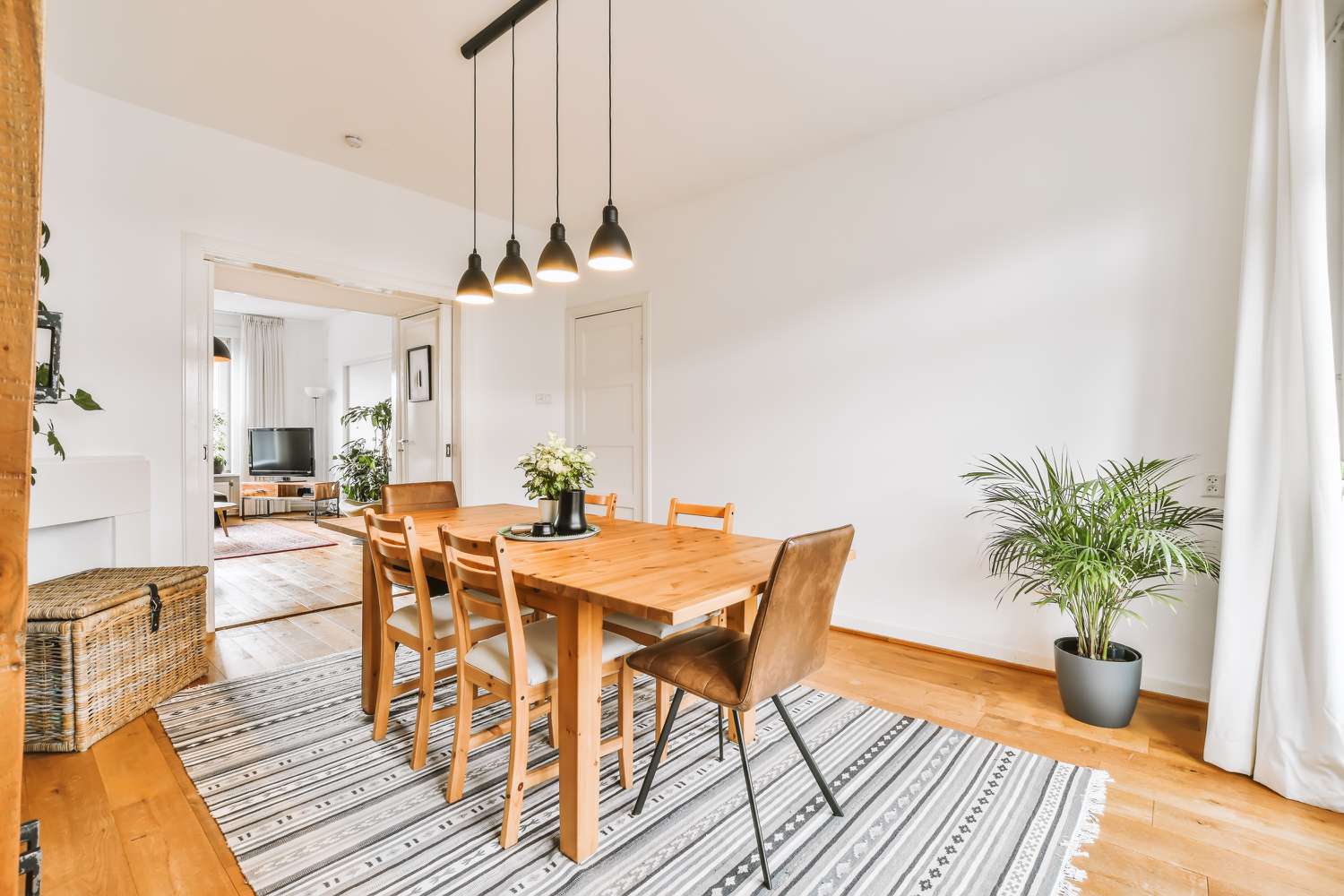
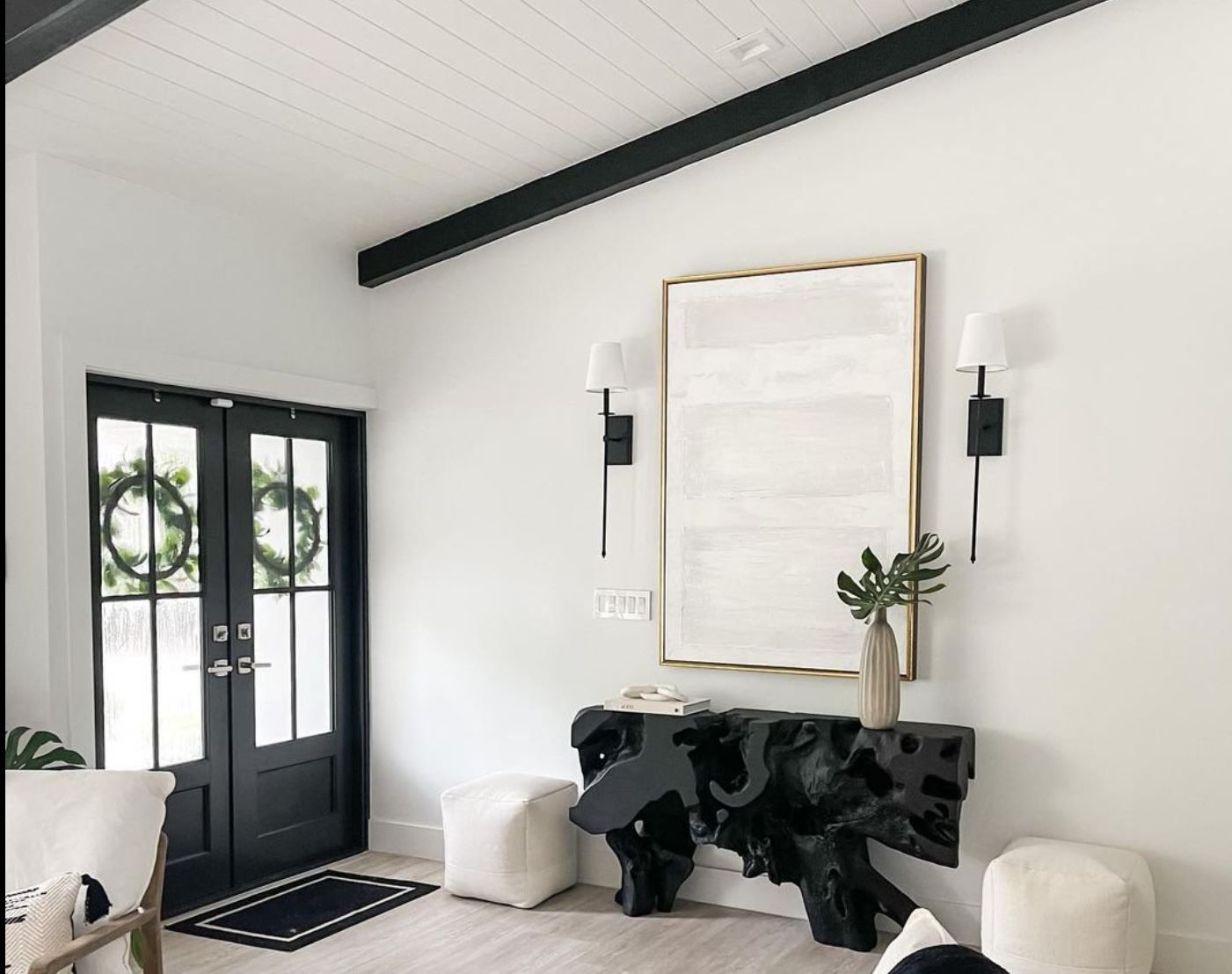

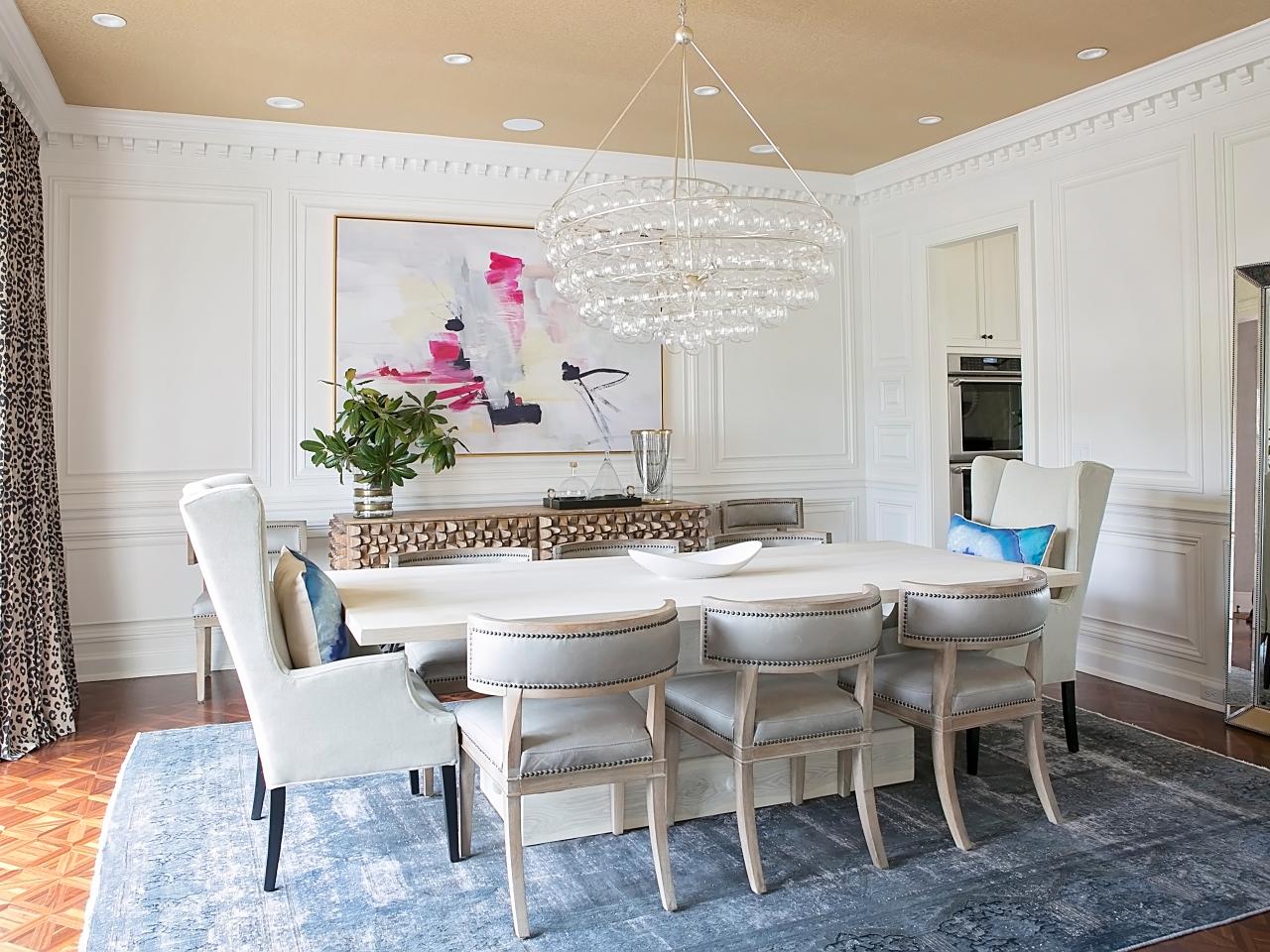
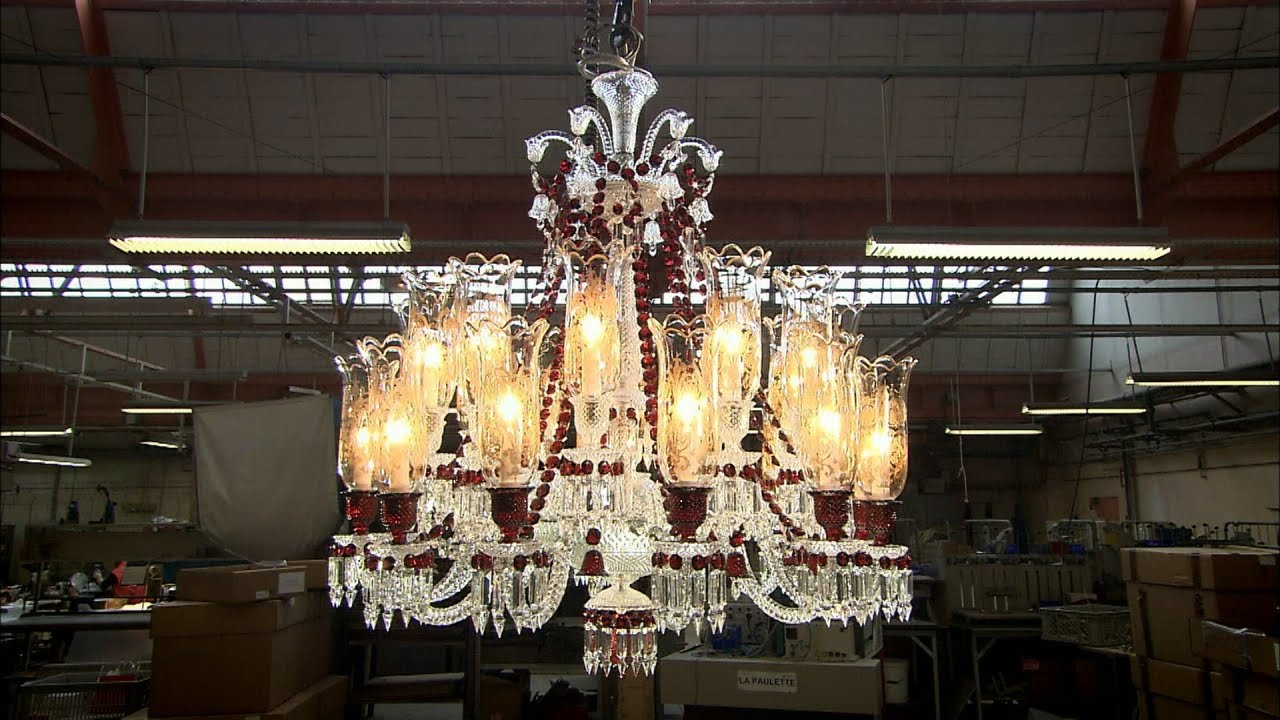
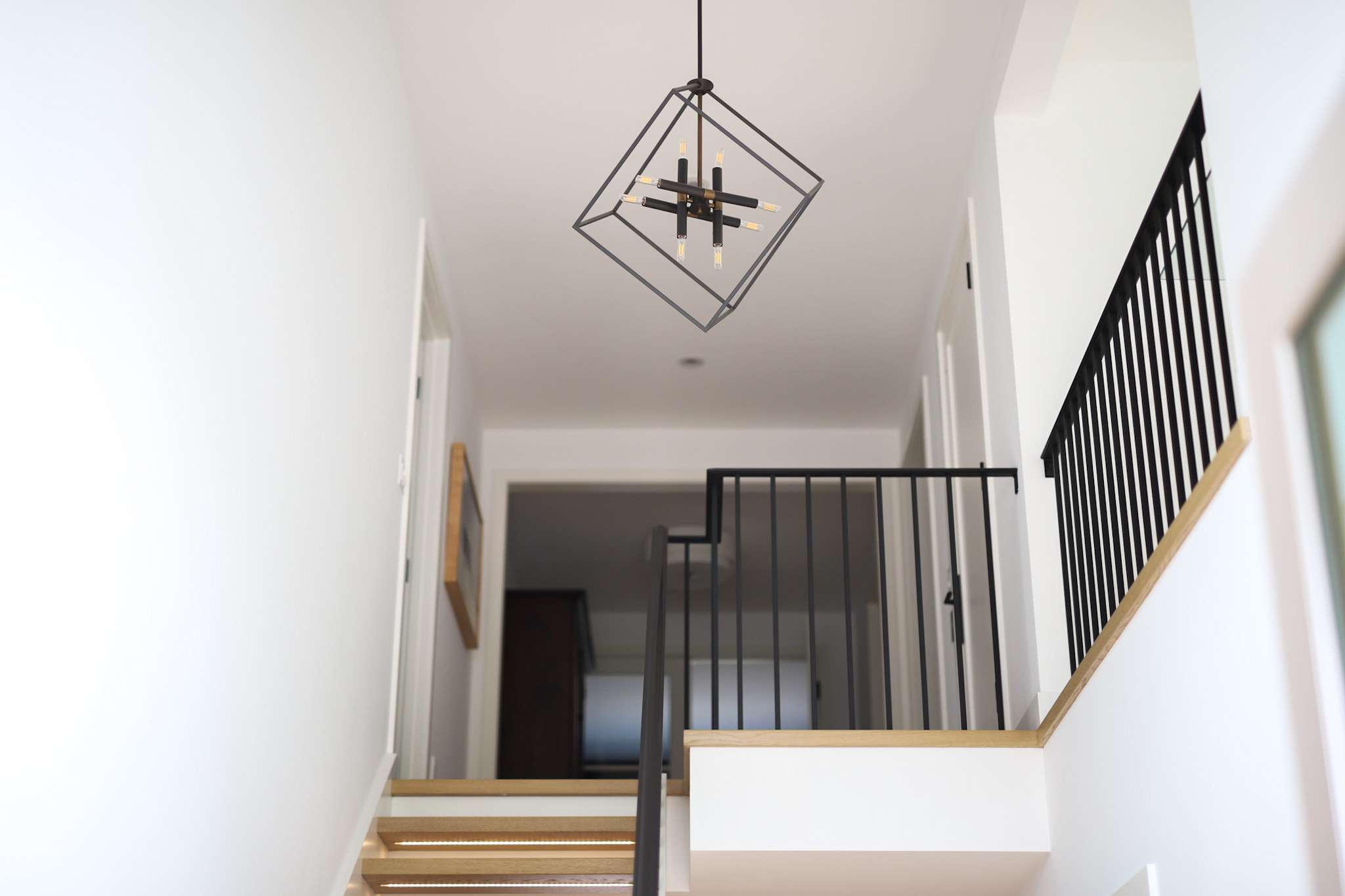

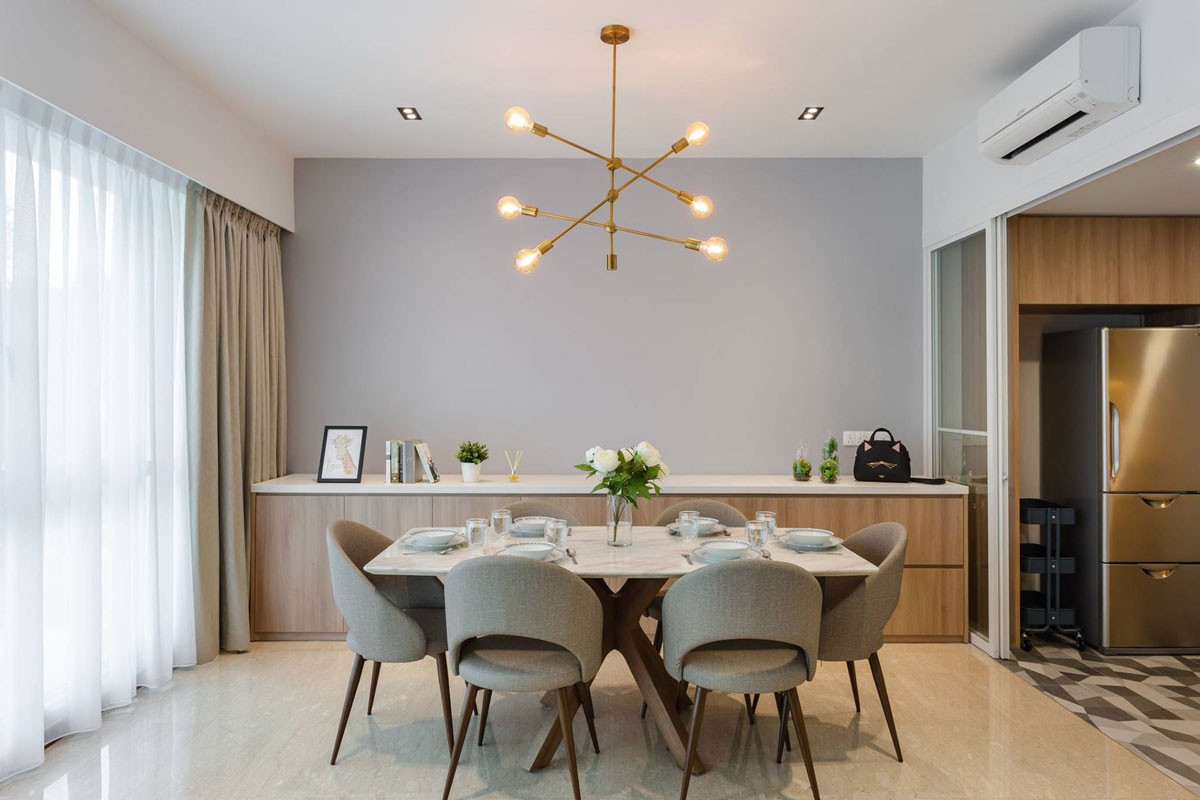
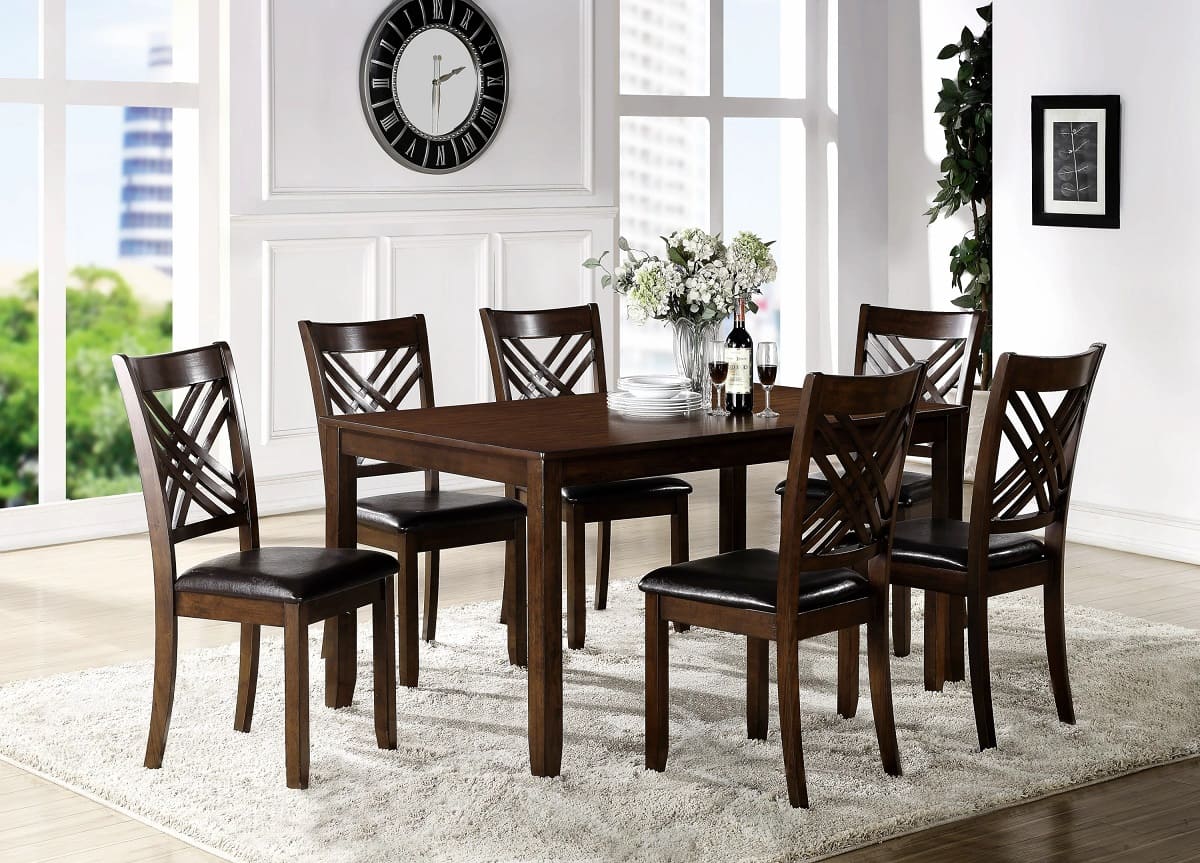
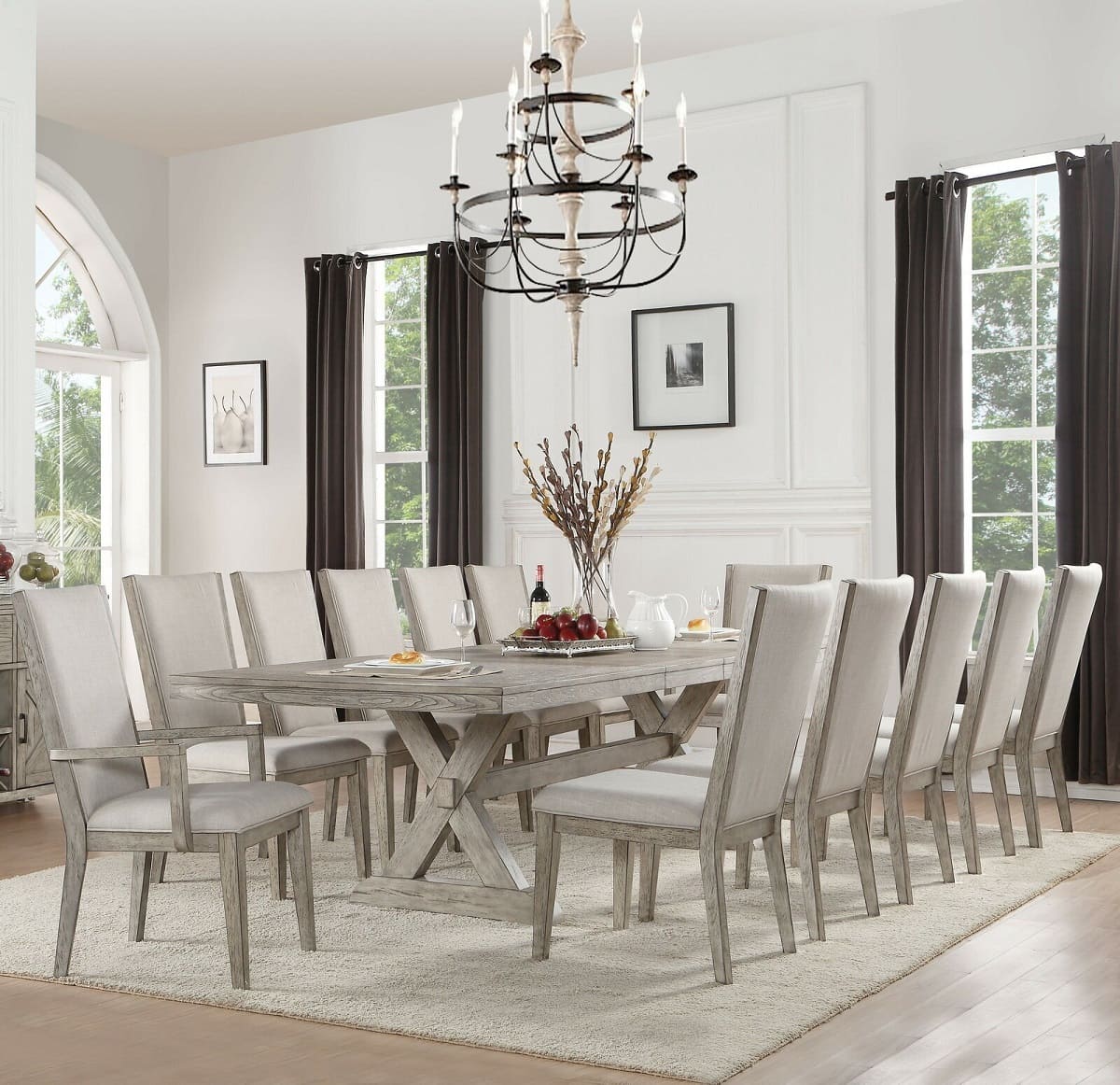
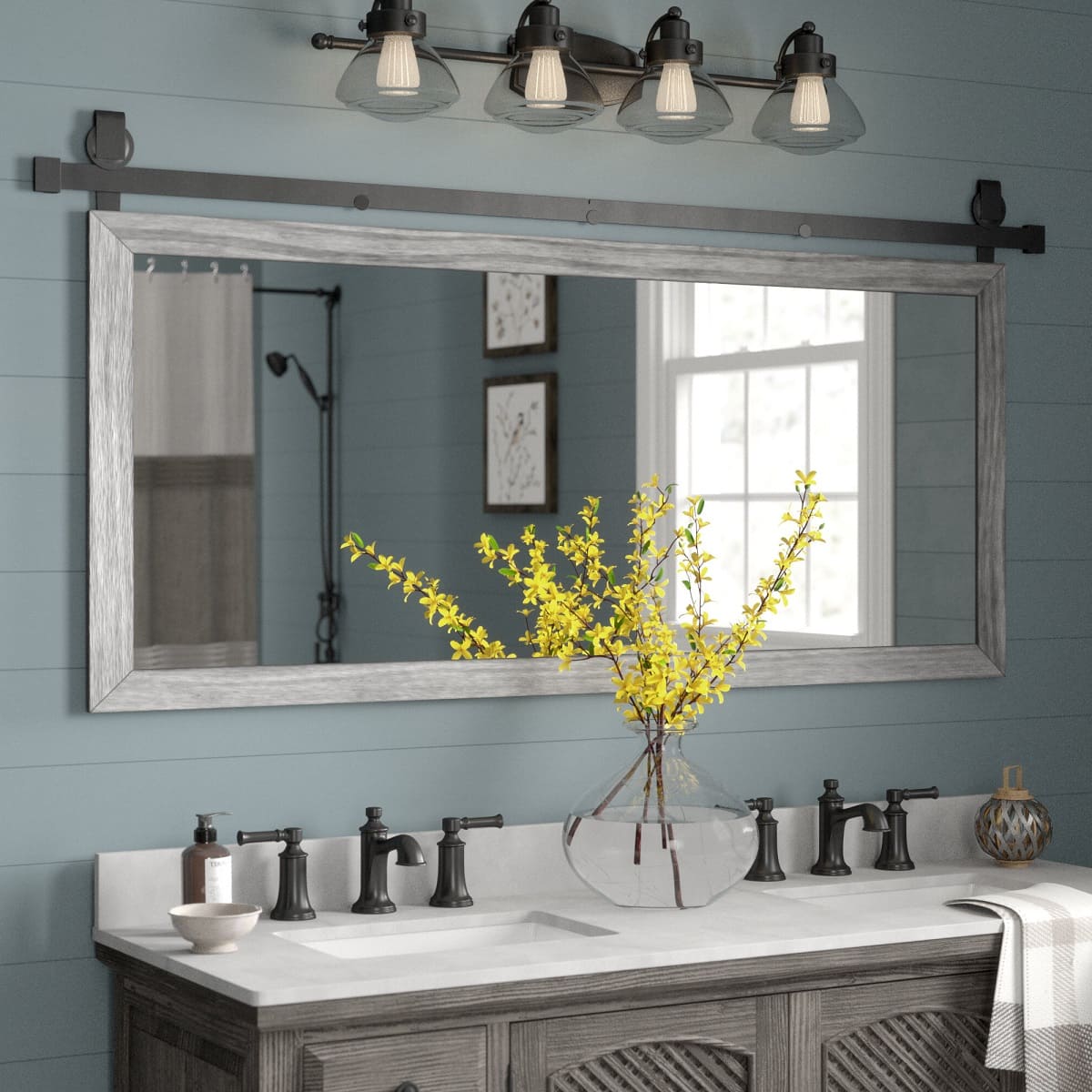


0 thoughts on “How Big Should A Chandelier Be Over A Dining Table”